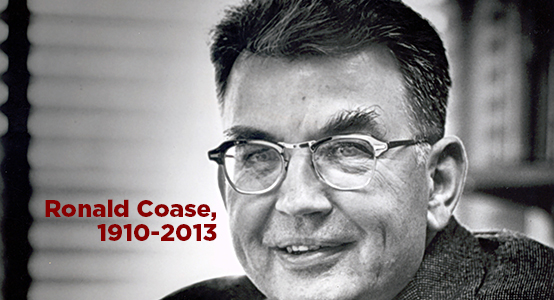In his previous appearances, Dr. Paul has shared his experiences with subscription based pricing and COVID-19. In this episode, we spend the balance of our time talking about his new book, Startup DPC: How To Start And Grow Your Direct Primary Care Practice.
From the Foreword: We all know that our current healthcare system is broken, especially for primary care doctors and their patients. Primary care physicians have to see more and more patients in less and less time in order to keep up with declining reimbursement from insurance companies. This leads to rushed office visits, missed opportunities for genuine connections between doctors and their patients, frustrated patients, and burned out doctors. But it doesn't have to be this way.
But first…a bit more about Dr. Paul Thomas
Dr. Paul Thomas is a board-certified family medicine physician practicing in Corktown Detroit. His practice is Plum Health DPC, a Direct Primary Care service that is the first of its kind in Detroit and Wayne County. His mission is to deliver affordable, accessible health care services in Detroit and beyond. He has been featured on WDIV-TV Channel 4, WXYZ Channel 7, Crain's Detroit Business and CBS Radio. He has been a speaker at TEDxDetroit. He is a graduate of Wayne State University School of Medicine and now a Clinical Assistant Professor. Finally, he is an author of the book Direct Primary Care: The Cure for Our Broken Healthcare System.
Segment One Questions
We had you back Episode 286 right as the Coronavirus was just starting to break loose. Let's quick talk about that to get that out of the way so we can move on to the more important things which is your book, what's going on in your neck of the woods with Corona?
How about your practice, though? Just your practice is good from that perspective. You haven't had too many people come down?
Your book, released in May is, Startup DPC, how to start and grow your direct primary care practice. How's the book doing?
What is the difference between direct primary care and concierge medicine?
One of the questions that we get on a frequent basis is one that you get, which is, what about the hybrid model where you're taking insurance and trying to do direct primary care you recommend against that, don't you?
One of the things that you talked about at the beginning of the book is that electronic medical records were billing tool, not clinical care tools. And I'd really love for you to explain that.
Segment Two Questions
I wanted to talk with you a little bit about starting from scratch versus converting your practice now you started your practice from scratch?
Talk about if you're mid-career, can you start from scratch? Or can you convert? Which one would you lean towards?
You say that one of the more common criticisms is, “abandoning patients who are not in your practice, and that they'll people will say to you that if every primary care physician became a direct primary care doctor, there would be a shortage.” Do you believe that to be true? And if so, why or why not?
Yeah. Well, you write that one of the greatest lessons that you've learned as a maxim, “It's not the decisions. It's the decisiveness.” I really love that. I'd like to expand on that for me,
So I want to ask you something on a very personal note, but you write this in the book that you had to get over your “personal discomfort with money.” Why talk about that struggle? I'm really interested in that that part of your life.
Segment Three Questions
How did you come up with your pricing model?
Did you consider a family plan?
And you haven't had a price increase as of yet, correct?
And while we're on the subject of pricing, one of the things that you do talk about also is whether or not you should charge an enrollment fee. What are your thoughts on that?
How's your churn rate?
Companies contracting with you for it for a group of people, who does that work?
Talk about Mapper.DPCfrontier.com. Is that your site or is that just a site that you are aware of?
Segment Four Questions
I want to share this great quote with that you said that a marketing specialist once told you, “If your website sucks, you suck.”
And you are, as am I, a big fan of Gary Vee Gary Vaynerchuk of VaynerMedia and I want you to expound on his great quote “Document don't create.”
Do you have you have a newsletter I think that you send out to folks Is that for your practice, but it is and but also for your consulting practice as well?
And you quote, Benjamin Foley, who said, “Building a personal brand is all the rage right now, personal brands have always been around, they just used to be referred to as a different word, character.” Talk a little bit about that.
This direct primary care business is all about developing trusting relationships between doctors and their patients, wrap up on that point.
Bonus Content is Available As Well
Did you know that each week after our live show, Ron and Ed take to the microphone for a bonus show? Typically, this bonus show is an extension of the live show topic (sometimes even with the same guest) and a few other pieces of news, current events, or things that have caught our attention.
Click the “FANATIC” image to learn more about pricing and member benefits.





















